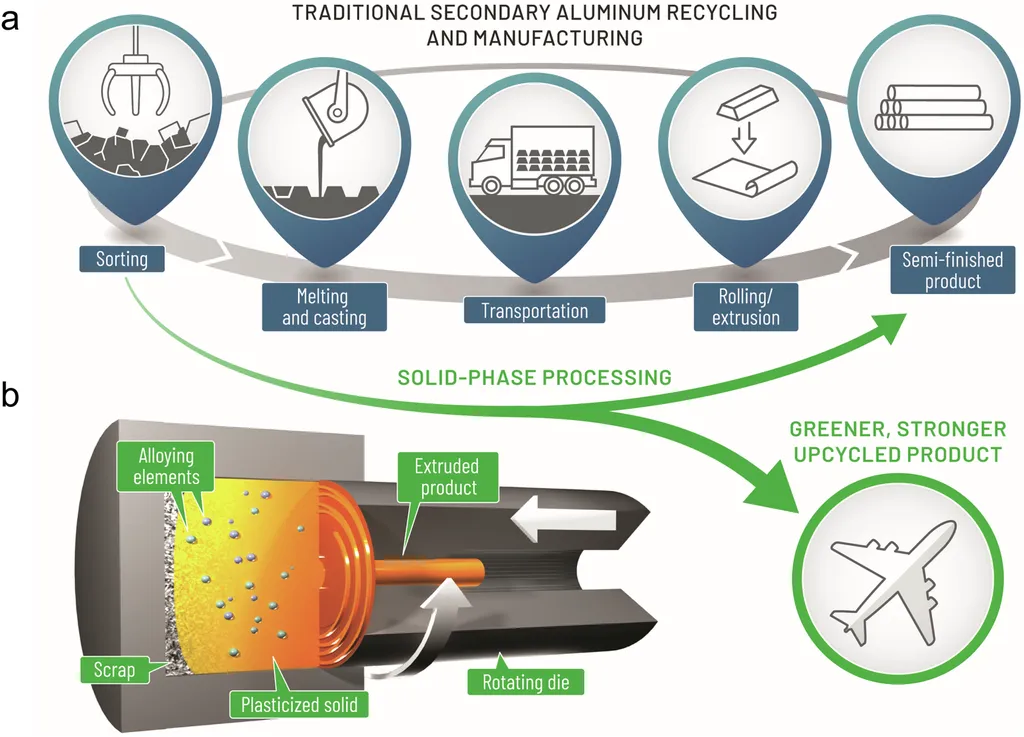In the realm of materials science, a groundbreaking study has emerged that could significantly impact the energy sector and beyond. Matheus Carvalho Nascimento, a researcher affiliated with a prominent institution, has delved into the intricate world of quaternary aluminum alloys, shedding light on their phase formation, microstructure, microhardness, and 3D porosity. This research, published in the esteemed journal ‘Materials Research’ (translated from Portuguese), promises to reshape our understanding of these complex alloys and their potential applications.
Nascimento’s investigation focuses on an aluminum alloy composed of 5% silicon, 4% copper, and 1% nickel by weight. By employing advanced techniques such as phase diagram analysis and Thermo-Calc Scheil simulation, he meticulously mapped the growth sequence of phases during the cooling process. “Understanding the solidification process is crucial for tailoring the properties of these alloys,” Nascimento explains. “By controlling the cooling rate, we can influence the microstructure and, consequently, the mechanical properties of the material.”
The study reveals that higher solidification thermal parameters and refined as-cast microstructures play pivotal roles in determining the Vickers microhardness and porosity formation along the casting. This finding is particularly relevant for the energy sector, where the demand for lightweight, high-strength materials is ever-increasing. “The relationship between porosity and cooling rate is a critical factor,” Nascimento notes. “Our experimental equation, PC = -0.41Ṫ2+2.36Ṫ+2.51, clearly shows that porosity formation is closely connected to the thermal parameter.”
One of the most compelling aspects of this research is the use of 3D image analysis to investigate the distribution of porosity size in the casting. The findings indicate that smaller porosities are predominant near the water-cooled system, while larger porosities are observed in areas with lower cooling rates. This insight could have profound implications for the design and manufacturing of components in the energy sector, where the integrity and performance of materials are paramount.
The commercial impacts of this research are vast. By optimizing the solidification process, manufacturers can produce aluminum alloys with enhanced mechanical properties, leading to more durable and efficient components. This could translate into significant cost savings and improved performance in various applications, from automotive parts to aerospace components.
As we look to the future, Nascimento’s research paves the way for further advancements in the field of materials science. “This study provides a foundation for developing new alloys with tailored properties,” he says. “By understanding the underlying mechanisms, we can push the boundaries of what is possible in materials design and engineering.”
In conclusion, Matheus Carvalho Nascimento’s groundbreaking research offers a glimpse into the future of quaternary aluminum alloys. With its potential to revolutionize the energy sector and beyond, this study is a testament to the power of scientific inquiry and innovation. As we continue to explore the complexities of these materials, we can expect to see even more exciting developments on the horizon.

